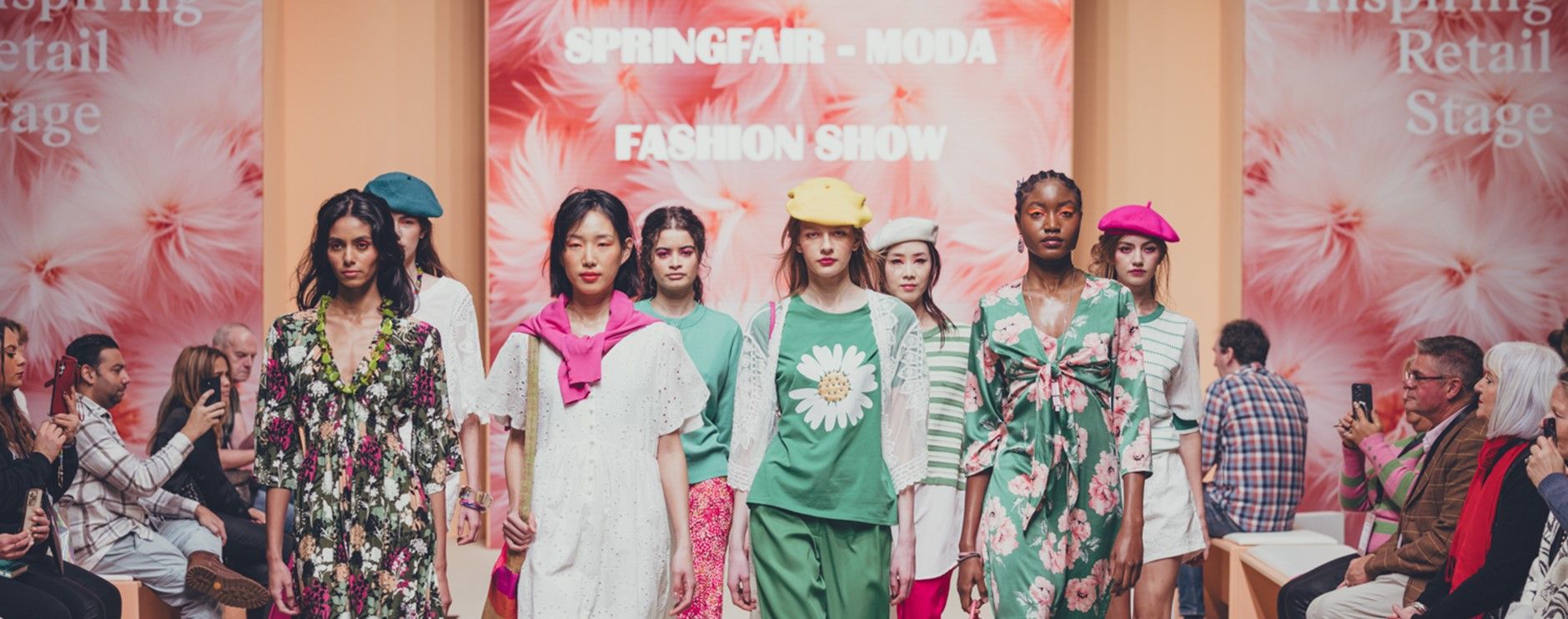Lessons in global sourcing in a changing world
)
As the pandemic continues to make its effects known around the world, global sourcing has been hugely impacted. Fashion Together went truly international with an exclusive sourcing briefing with insights from the UK, Australia and India. Chaired by Tamsin Lejeune of Common Objective, find out what our panellists, James Bartle from Outland Denim, Madhu Vaishnav of Saheli Women, and Phoebe Hunter-McIlveen of Pico Project, had to say.
Building relationships is a key priority
Even before the pandemic, building relationships with suppliers is absolutely key to success, especially where supply and manufacture is based overseas. That being said, a strong relationship isn’t built overnight. As Phoebe tells us, “a lot of relationship building is just about time; our relationships have been built by us going out to our suppliers in India regularly and learning about the processes and what they do.”During the pandemic, this knowledge and learning has been crucial as each member of the supply chain adapts to new ways of working. For Phoebe and Pico Project much of the challenge has been adapting to communicating online rather than having face to face conversations.
But how do you build those relationships? At Outland Denim, the answer lies in transparency; “for many years, we’ve been building relationships and trust, and it’s consistency with what we’re trying to achieve and transparency that allows us to ensure our workers are benefitted the way they should be.” James continues, “it’s about looking at new ways to work with and support members of our existing supply chain”.
Will sourcing go online?
Whilst online sourcing and communications have been key during this period, it’s for Phoebe’s reason above, that taking sourcing online might not be a long-term solution. For James and Outland Denim, online is a means to an end, but it’s not the ultimate goal. He says, “we want to educate people on the realities of clothing and the fashion industry, and I believe bricks and mortar stores are the best way to do that.” James also shares with the panel that we shouldn’t forget about wholesalers and retailers as key parts of the supply chain; it’s these sales representatives who will communicate the stories and key information about products and materials and enabling them to share this with their customers necessitates the same type of relationship between retailer and supplier.That’s not to say online doesn’t have a role to play, though. As Phoebe says, “a huge element of choosing our suppliers was the learning and research we did online”. Starting out with a very clear vision, the challenge for Pico Project was understanding sustainability and the production process, something they couldn’t have started doing without online resources.
Sustainability in the wake of Covid-19
In a panel led by Common Objective, sustainability was naturally at the top of the agenda. But sustainability is more than just a question of climate change and carbon emissions. As moderator Tamsin says, “[Covid-19] has brought home the impact fashion has on people – not just the negative but the positive possibilities as well. Looking at sustainability through a purely environmental standpoint overlooks the enormous positive potential for people in fashion.”In fact, Covid-19 has shone a light on the nature of “slow fashion” and the definition of the much-used term. For Madhu, slow fashion is not about over-consumption or using natural resources. It’s about the people involved. She says, “for us, slow fashion means time has been taken to create a garment; it’s not only gone through a machine, but it’s gone through people’s hands and their emotions.”
James agrees, saying that to be kind to the planet we first must be kind to the people involved at every touchpoint in our supply chains; “if we really want to make change on an environmental level, we need to look after the people within the industry.”
The “human chain” and the consumer relationship
For many of us “sourcing” and the “supply chain” are very dehumanising. These terms take away from the fact that there is someone involved at every single point within the garment manufacturing process, from the farmers who supply the raw materials to factory workers, wholesalers and more. For Madhu, a big part of transforming the supply chain and the fashion industry as a whole is to bring the focus back to the people who create each piece. She says, “every garment we send comes with a sketch of the women and her story. There has become a disconnect between the creator and the consumer so we’re trying to bring this bond together.”The same rings true for Phoebe, where storytelling is at the heart of each Pico Project piece; “once people really connect to the story of one particular piece, then [the consumer] realises it’s really worth supporting smaller communities.”
Of course, much of the reluctance on the part of many consumers to shop more sustainably is based on price. For Phoebe, it once again comes down to re-humanising the fashion industry; “I feel like when you have transparency, affordable starts to look very different to how it looks at the high street at the moment…”
Watch the full webinar on demand to hear more from our panellists and discover their inspiring business stories.
If you liked this article you might also like:






